|
Quick – how much did your camera cost? Not the lenses, just the camera body? For many of you, it was over $1000. Add just one pro lens, and the total could go beyond $2000. For those of you with Canon EOS cameras, a relative bargain can help you capture close-up shots of wildlife. It won’t break your back or require a tripod either, though using one will improve your pictures. All pictures shown here are uncropped from the camera. 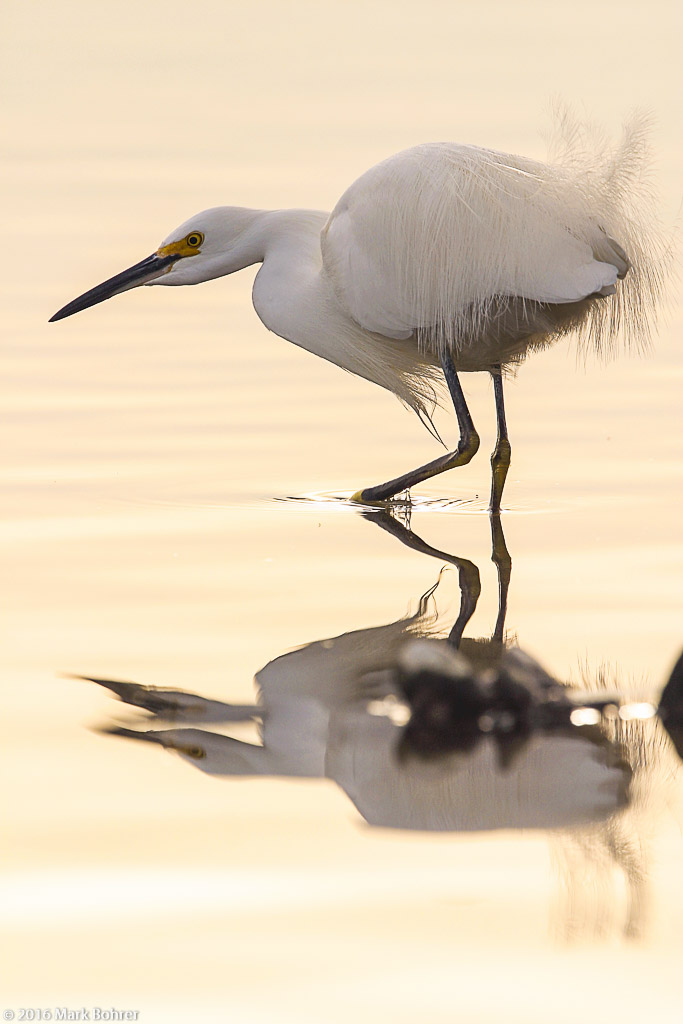 Snowy egret, Shoreline at Mountain View, California 400mm f/4 DO IS on EOS 10D (1.6X crop sensor) I’ve used a first-version EF 400mm f/4 DO IS lens to shoot airshows, birds, mammals and other wildlife, and sports. Mine is 13 years old and wears a few scratches on its barrel, but its image quality continues to be excellent. Back when I bought it, the price was about $5300. 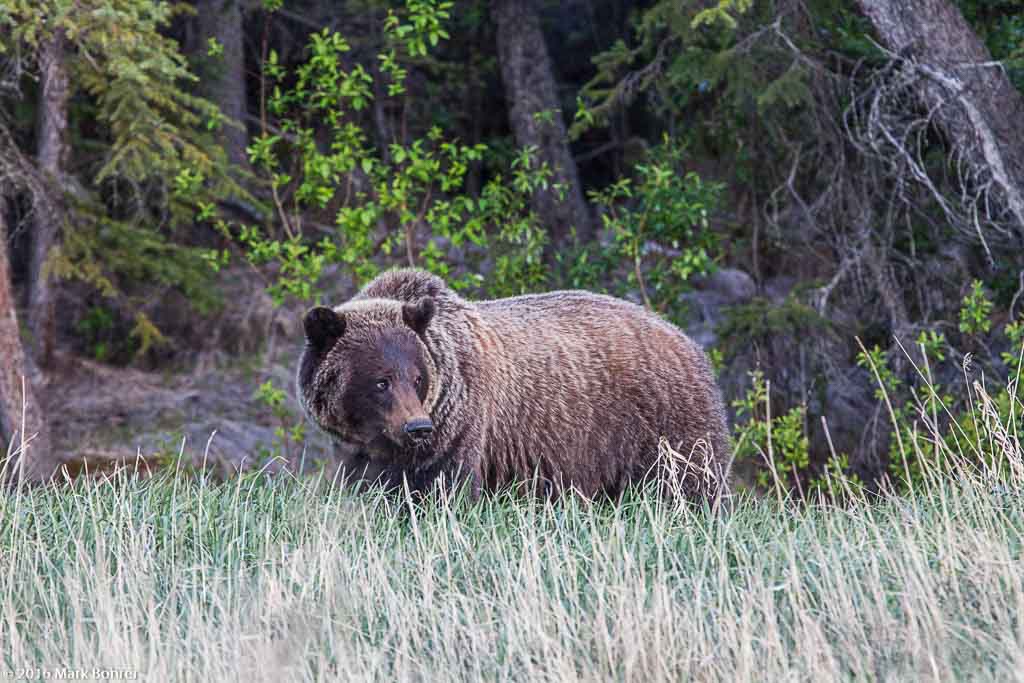 Too close – Grizzly, Jasper National Park, Alberta 400mm f/4 DO IS on EOS 5D mk II (full-frame sensor) But today, you can find a used first version for $2000 or less if you look hard. (Heck, my insurance company thinks they’re out there for $1236.) It won’t have pristine looks at that price, but the glass will be sharp. With any used lens, shoot a few pictures first to evaluate lens quality. Your best bet will be buying through a camera specialty store, though that will raise the price. After purchase, budget a few bucks for a CLA (clean, lube and adjust) to restore it to perfect optical condition. 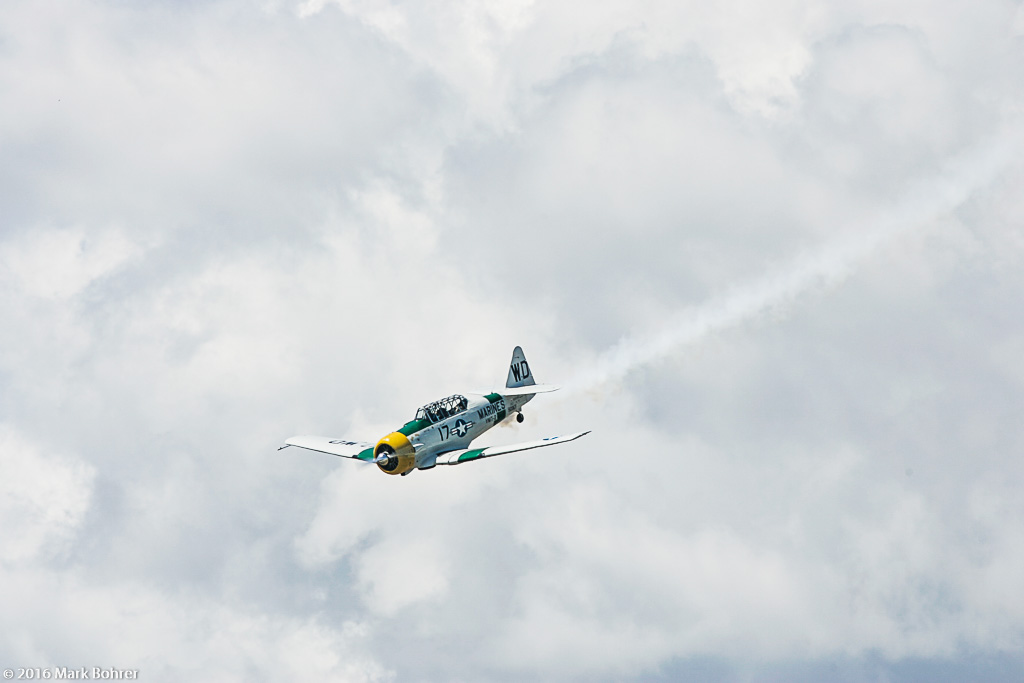 North American AT-6 Texan, Watsonville Fly-In Airshow 400mm f/4 DO IS on EOS 1D mk II (1.3X crop sensor) The 400mm f/4 DO IS is light and small enough to carry easily – mine rides in one of the first E660 lens cases Kinesis Gear ever made – and hand-hold pretty well with anything but a heavy EOS 1-series camera (I’ve managed that too). I’ve captured pro mountain bike races, birds and aircraft in flight, even a few candid portraits. 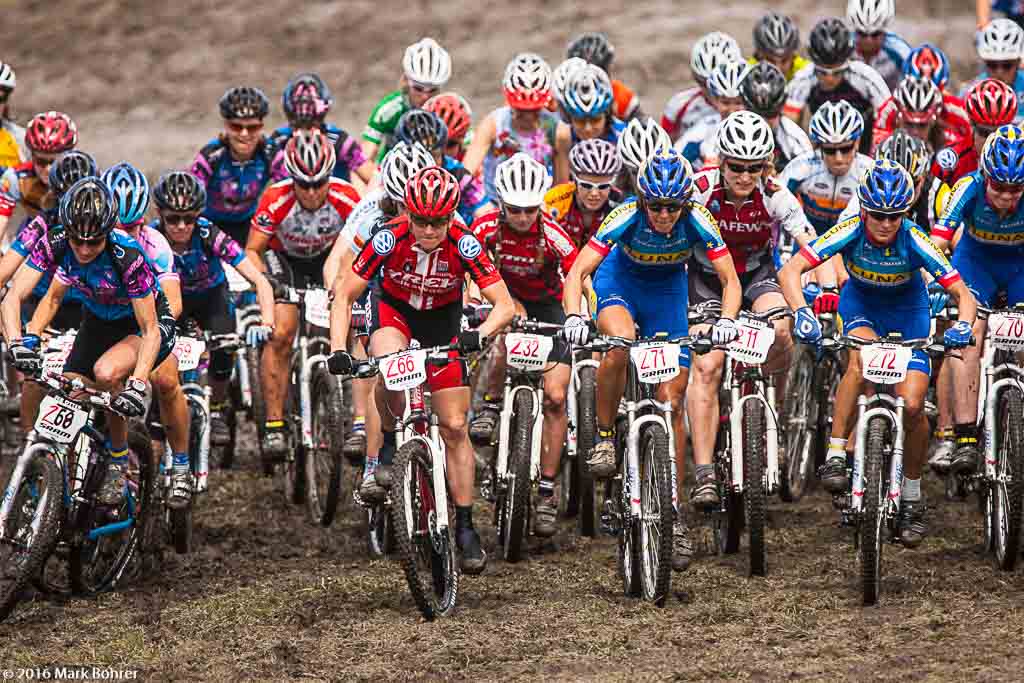 2006 Sea Otter Classic – Pro Women’s STXC mass start 400mm f/4 DO IS on EOS 1D mk II (1.3X crop sensor) Not For Everything… There are a couple places where the 400 f/4 DO IS might come up short. 1. With the first-version lens, contrast may be a bit low. This is easy to fix in today’s tools, Lightroom especially. 2. With a full-frame or EOS 1-series APS-H camera, 400mm can feel a bit short (except with large mammals you’re too close to). Even with an EF 1.4X teleconverter, 560mm may not feel long enough. 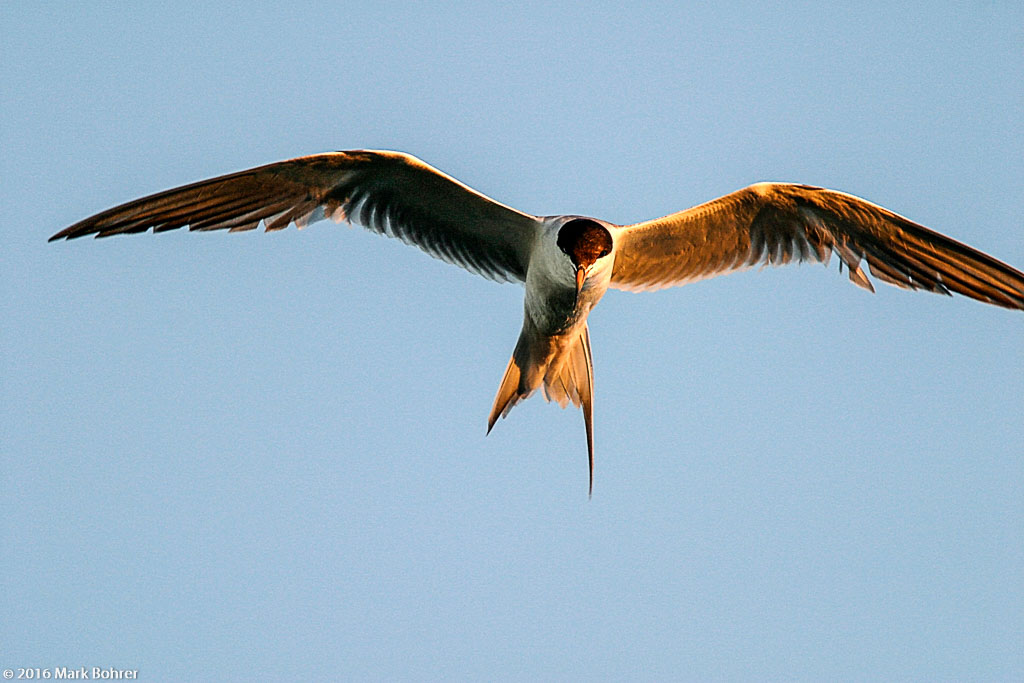 Too close – Forster’s tern kiting, Palo Alto Baylands, California 400mm f/4 DO IS with EF 1.4X II teleconverter – EOS 10D (1.6X crop sensor) …But Good For Many Things But the lens’ advantages more than outweigh its disadvantages: 1. The 1.4X-400mm f/4 combination gives you an 896mm f/5.6 full-frame equivalent on an EOS 7D, 70D or other Canon APS-C camera. The barefoot 400mm lens gives an equivalent 640mm f/4 on APS-C. 2. The lens’ f/4 speed is a full stop faster than any xxx-400mm telephoto zoom. This gives faster shutter speeds and narrower depth of field for isolating your subject. 3. With a 1.4X teleconverter, you get a longer f/5.6 lens – one your camera’s AF will still work with. Canon’s 100-400mm f/4.5-5.6 telephoto zoom gives you a darker f/8 with the teleconverter at the long end – and your camera’s AF won’t work. 4. A 400mm prime lens is sharper corner-to-corner than any zoom. This is especially true of the DO IS lens, with its diffractive element minimizing chromatic aberrations. This means you’ll see most colors focus to a single point across the frame – no more blue or purple lines along sharp edges. 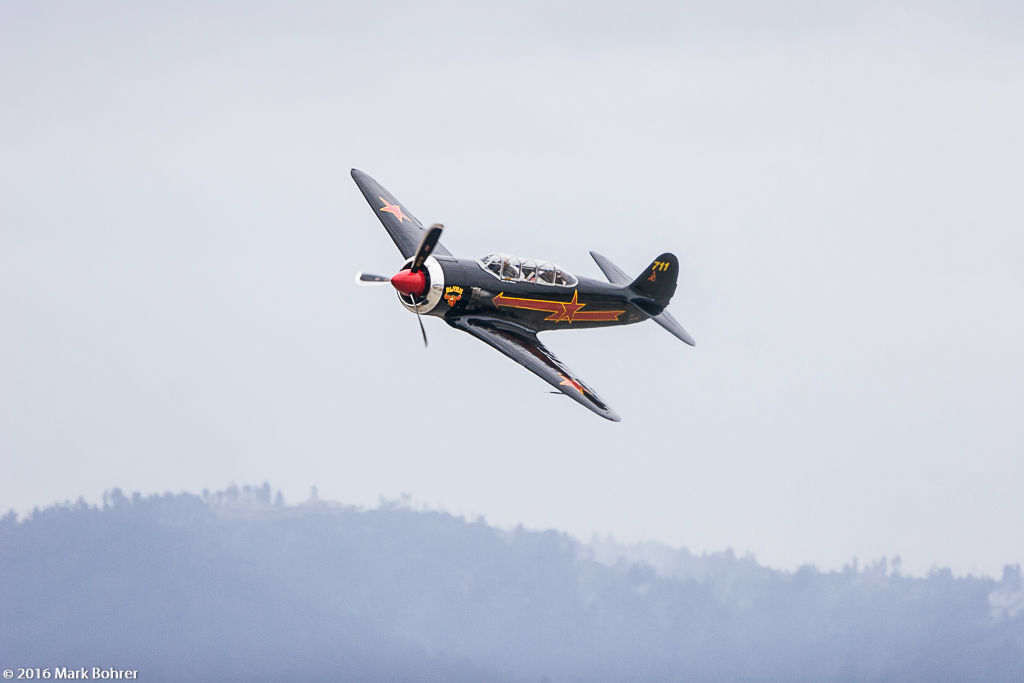 Yak 11 WW II Russian trainer, Watsonville Fly-In Airshow 400mm f/4 DO IS on EOS 20D (1.6X crop sensor) There will be times when you still can’t fill the frame with 400mm. The trick is finding a composition with good contrast between the subject and an interesting background. Putting that airplane against fluffy white cloud textures is one possibility. Knowing your subject’s behavior will allow you to anticipate where it’ll be and how close you can get. The right gear alone is no guarantee of good pictures. How To Use It The 400mm f/4 DO IS handles pretty easily. Its relatively short physical length gives me a balanced package with an EOS 7D dSLR. I use the lens hood’s tightening screw as a brace point, with the other hand on the camera. Using one hand on the lens and the other grabbing the camera with the viewfinder against my head minimizes blur. The AI servo AF mode is fast enough on any EOS dSLR post-2005 to give good focus tracking. I enable the center cross AF point on older cameras and track my subject’s movement in the viewfinder. I sometimes use an off-center AF point in newer cameras for less cropping later. Finding The Subject I’ve found that finding a subject in the finder can be tough with anything longer than barefoot 400mm on an APS-C camera. But with practice, you’ll be able to find and follow moving racers or flying birds with 400mm plus 1.4X. It’s easier if you leave the non-viewfinder eye open and attempt to center the subject. Canon’s EF 1.4X II teleconverter is another relative bargain. It’s only available used, since there’s a version III. My 13-year-old EF 1.4X version II continues to be plenty sharp for my uses. |
(408) 483-3782
Curious about how to shoot ruins?(408) 483-3782
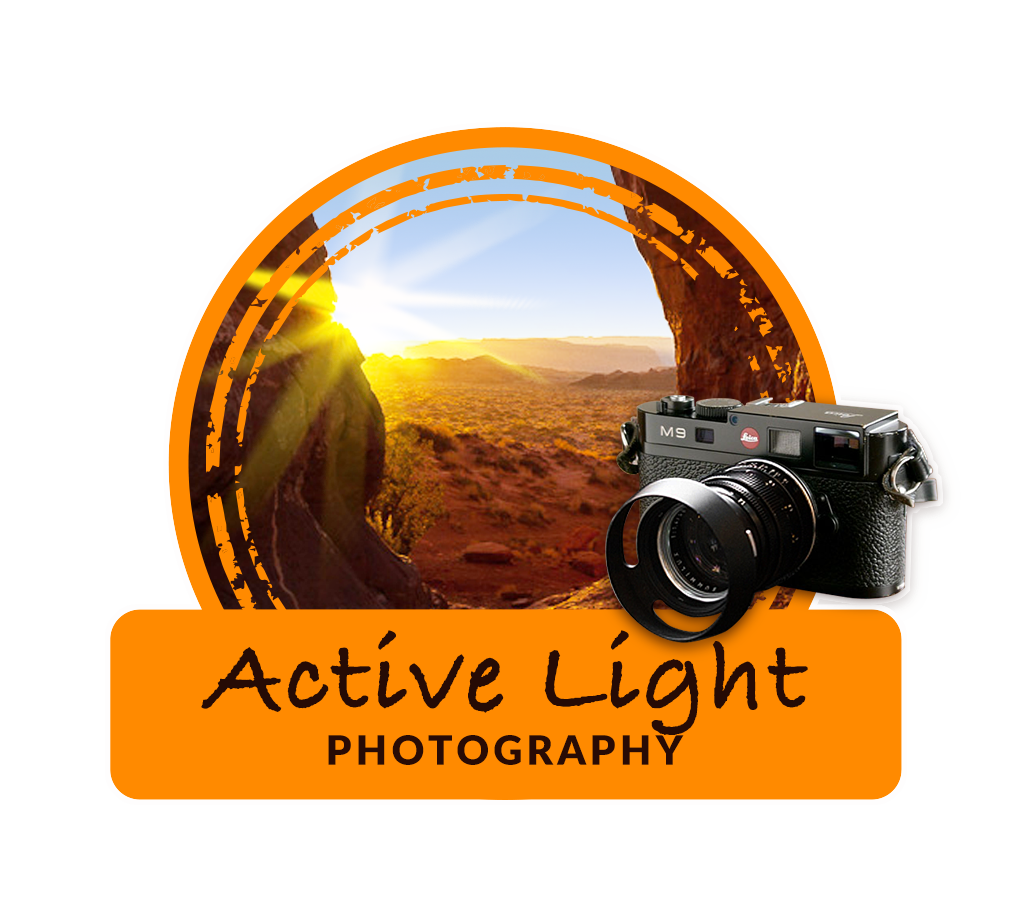
Recent Comments